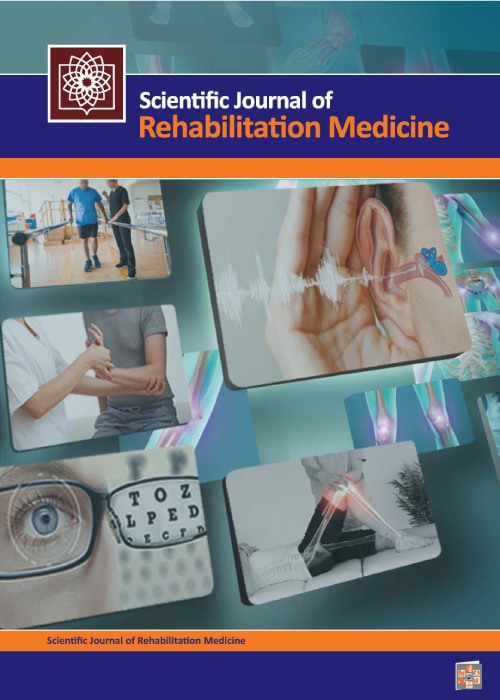Comparison of Nano-Biomechanical Structure of Injured Anterior Cruciate Ligament Cell between Athletic and Non-Athletic Men
Author(s):
Article Type:
Research/Original Article (دارای رتبه معتبر)
Abstract:
Background and Aim
The knee joint is one of the most complex and largest synovial joints in the body, which is injured in sports injuries and accidents, due to its location and the type of physical stress it entails. Also, no previous research has reviewed the difference between the mechanics of patients' and athletes' tissue in the form of ultrastructural and nano analysis. The present study was carried out with the aim of comparing the nano-biomechanical structure of injured anterior cruciate ligament cell between athletic and non-athletic men to improve the science of cell biomechanics and to help better the knowledge in the field of human body mechanics.
Materials and Methods
In the current study, statistical samples were seven athletes and seven non-athlete men with anterior cruciate ligament injury. Tissue samples were obtained by each participants' orthopedic surgeon and they were prepared to determine the number and diameter of fibrils, roughness, and cell topography by atomic force microscopy. Finally, the obtained images and data were calculated using the Dual Scope ™ / Raster Scope ™ (SPM) software. Statistical analysis of the data was done using SPSS software set at the significance level of 0.05 running independent samples T-test.
Results
The findings showed that the nano-biomechanical structure of damaged anterior cruciate ligament cell, including the level of roughness (nm), the number of fibrils per unit, and fibrils diameter (nm), were different between athletic and non-athletic men. Also, topographic images taken from different regions of two-dimensional and three-dimensional injured ligament tissue in longitudinal and transverse sections of these groups showed some irregular makeup areas of collagen fibers, and fibrils were not in the same direction.
Conclusion
Regarding the relative mean of athletes in the present study and also considering that the muscles around the knee area in athletes are stronger than non-athletes, the adjacent muscles removed the pressure from the ACL and caused the differences between mechanical properties of the cell and the ACL tissue among athletes and non-athlete in the present study.Keywords:
Language:
Persian
Published:
Scientific Journal of Rehabilitation Medicine, Volume:7 Issue: 4, 2019
Pages:
227 to 235
magiran.com/p1932055
دانلود و مطالعه متن این مقاله با یکی از روشهای زیر امکان پذیر است:
اشتراک شخصی
با عضویت و پرداخت آنلاین حق اشتراک یکساله به مبلغ 1,390,000ريال میتوانید 70 عنوان مطلب دانلود کنید!
اشتراک سازمانی
به کتابخانه دانشگاه یا محل کار خود پیشنهاد کنید تا اشتراک سازمانی این پایگاه را برای دسترسی نامحدود همه کاربران به متن مطالب تهیه نمایند!
توجه!
- حق عضویت دریافتی صرف حمایت از نشریات عضو و نگهداری، تکمیل و توسعه مگیران میشود.
- پرداخت حق اشتراک و دانلود مقالات اجازه بازنشر آن در سایر رسانههای چاپی و دیجیتال را به کاربر نمیدهد.
In order to view content subscription is required
Personal subscription
Subscribe magiran.com for 70 € euros via PayPal and download 70 articles during a year.
Organization subscription
Please contact us to subscribe your university or library for unlimited access!


